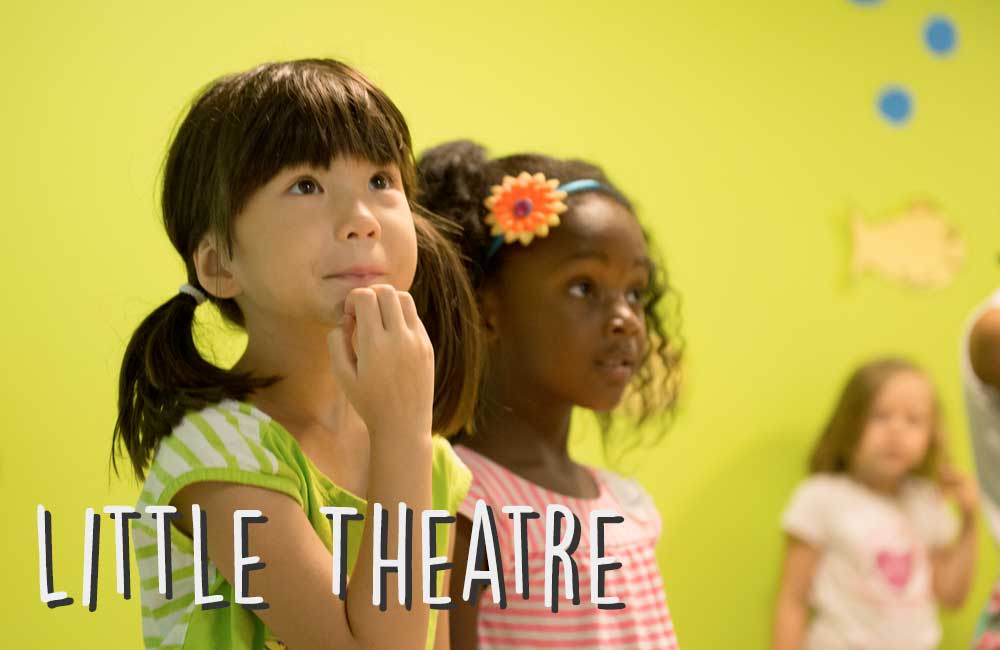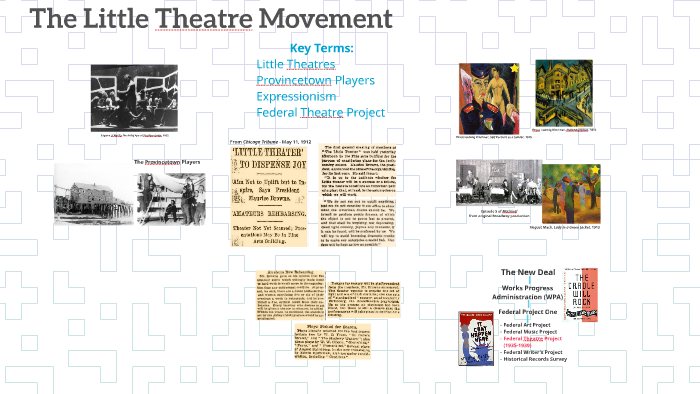
Mary Ryan, “Gender and Public Access: Women’s Politics in Nineteenth-Century America,” in Habermas and the Public Sphere, ed. Peter Labanyi (Minnesota: University of Minnesota Press, 1993), 2. Oskar Negt and Alexander Kluge, Public Sphere and Experience: Toward an Analysis of the Bourgeois and Proletarian Public Sphere, tr. Cayton, Black Metropolis: A Study of Negro Life in a Northern City (Chicago: University of Chicago Press, 1945, 1993), 17. John Hope Franklin, From Slavery to Freedom: A History of American Negroes (New York: Alfred A Knopf, 1947), 397. James de Jongh, Vicious Modernism: Black Harlem and the Literary Imagination (Cam-bridge: Cambridge University Press, 1990), 8.

Harrison, When Africa Awakes: The “Inside Story” of the Stirrings and Strivings of the New Negro in the Western World (New York: Porro Press, 1920), 14 Glenn Hughes, A History of American Theatre, 1700–1950 (New York: Samuel French, 1951), 355.Įric Walrond, “Growth of the Negro Theatre,” Theatre Magazine 41 (October 1925), 20.Įulalie Spence, “A Criticism of the Negro Drama,” Opportunity 6 (June 1928), 180. Morrell Heald, “Business Thought in the Twenties: Social Responsibility,” American Quarterly 13.2 (Summer 1961), 126. Warren Susman, Culture as History: The Transformation of American Society in the Twentieth Century (New York: Pantheon Books, 1984), 106. Webb, “The Black Dandyism of George Walker: A Case Study in Genealogical Method,” TDR 45.4 (Winter 2001), 7–24. See Susan Curtis, The First Black Actors on the Great White Way (Columbia: University of Missouri Press, 1998).įor a discussion about the rise of national stages, see Loren Kruger, The National Stage: Theatre and Cultural Legitimation in England, France, and America (Chicago: Uni-versity of Chicago Press, 1992).įor a discussion about black actors at the turn of the century, see David Krasner, Resistance, Parody, and Double Consciousness in African American Theatre, 1895–1910 (New York: St. Ridgely Torrence’s three one-act plays opened on Broadway in 1917, running for one month.

Nellie McKay, “Black Theater and Drama in the 1920s: Years of Growing Pains,” Massachusetts Review 28.4 (Winter 1987), 615–26. Walter Prichard Eaton, “Introduction,” Washington Square Plays (Garden City: Doubleday, Page, and Co., 1917), xi. Nathan Irvin Huggins, Harlem Renaissance (London: Oxford University Press, 1971), 194.


 0 kommentar(er)
0 kommentar(er)
